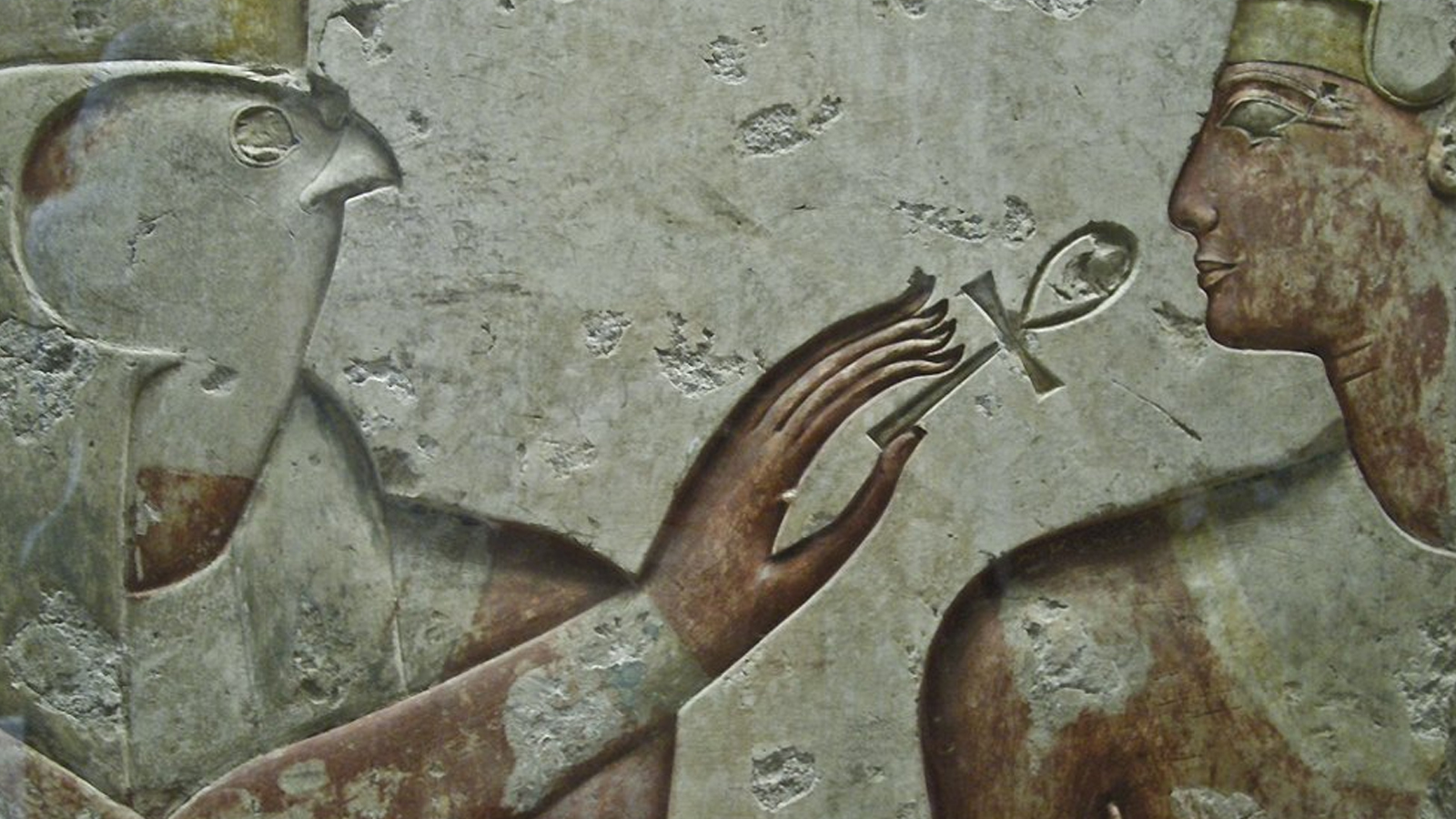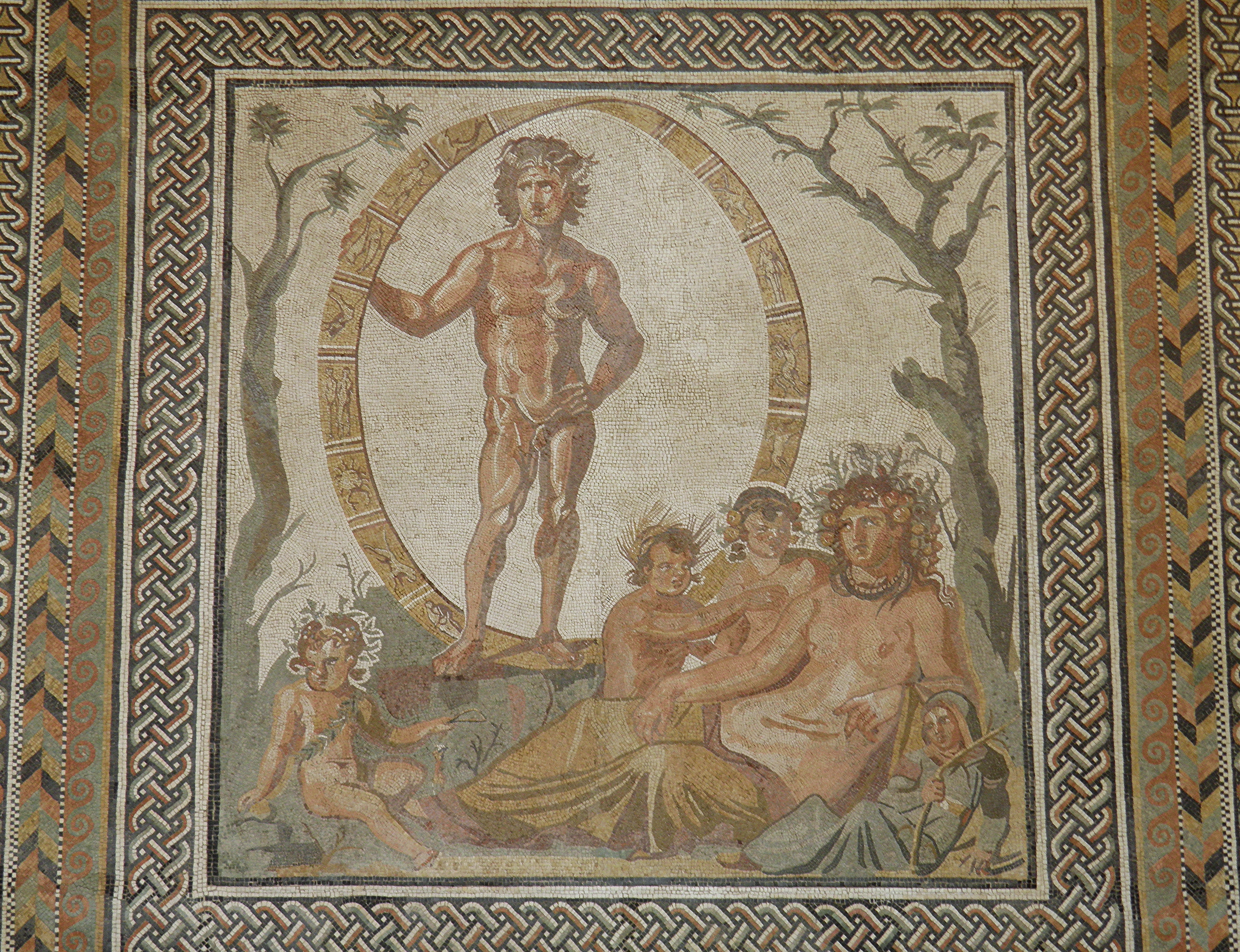I'm not sure how innovative or original Van Eysinga's 'Aeon Stauros' is, actually. Although he was an autodidact, Rev. Canon J. A. MacCulloch (D.D., St. Andrews) was a serious academic, a well-respected mythologist and orthodox (St. Saviour's, Bridge of Allan = Scottish Episcopal) theologian who covered much of this in better detail decades earlier.
See John Arnott MacCulloch, "The Gnostic Conception of the Cross," in
Journal of the Transactions of the Victoria Institute, Vol. 1 [1918], pp.
103-6.
In its original form Gnosticism may be described as an extra-Christian, and doubtless also a pre-Christian, religious syncretism, which aimed at enlightening men through esoteric means and ritual. Later, its prominent teachers laid hold of Christian doctrines, especially those relating to the Person of Christ, adapting these freely to their own views, and thus presenting a misleading likeness to Christianity. A preliminary sketch of their Christology is essential to our purpose.
I disagree with the premise 'Christos' must originate with the later orthodox Jesus Christians, c.50 AD; I think an older messianic "Gnostic" cult existed, pre-dating the familiar Jesus/Person of Christ mythos by several generations. But Valentinians also adapted later Christian materials, yes.
III.
The Crucifixion as a symbol of heavenly events is best considered in the light of the teaching of Valentinus and of his school. But first we may premise that, as the heavenly Æon, who unites artificially with the human Jesus, in most of the Gnostic systems, is rooted in the mythology of the pre-Christian Gnosticism and the religions from which it was formed, so Christ and the Cross of the Christian scheme are further subjected to a mythologizing process both in heaven and on earth.
In the Valentinian system the Æon Sophia, as a result of her “fall,” i.e., her passionate desire for union with or understanding of the unsearchable God, or in her desire to emulate His power of self-generation, was in danger of absorption into His absolute essence, when the Æon Horos, who prevents such an absorption, induced her to lay aside her design (personified as a female, 'Evēúunois), as well as her“ passion. By him she was purified and established, and her Enthumesis with its passion - an amorphous yet spiritual being - was led outside the Pleroma. This is a primary fall and redemption in the heavenly sphere. Horos is also called Stauros (Cross), Lytrotes (Redeemer), etc., and was produced by the Father by means of the Æon Monogenes, who now produces Christ and Holy Spirit. Christ instructed all the Æons with respect to the Father and Himself, and in pity for Enthumesis (also called Achamoth or the Lower Sophia) outside the Pleroma, extended Himself through and beyond Stauros, the boundary of the Pleroma, and imparted form to her. ... She strained herself to discover him, but Horos prevented her further progress by uttering the mystic name lao. Now began her passion, from which she was saved by another Æon, Christ or Soter, sent forth to her aid by the Higher Christ. This Lower Christ afterwards descended on the earthly, phantasmal Christ at His baptism, forsaking Him before the Crucifixion. The phantasmal Christ suffered in order that Achamoth might exhibit through Him a type of the Christ above, viz., of Him who isolated himself from the Pleroma by extending Himself through Stauros for her aid. “For," says Irenæus, "they say that all their transactions were counterparts of what took place above."
In this sentence we obtain a clue to the problem of these three personalities, Stauros or Horos, the Higher Christ, and the Lower Christ. If Horos, according to one reading, is the product of all the Æons, so also is the Lower Christ. All three perform a work of redemption, while their functions and various names have much in common. In the same way the mystic Cross, in a fragment of the Acts of John, has many names. Thus it can hardly be doubted that the Æon Stauros is also the two-fold Christ, while in the system as reported by Epiphanius there is but one Saviour, called Horos, Soter, and Christ. The three beings are reduplications of one redeeming spirit, just as those redeemed in the heavenly sphere — the upper and the lower Sophia, are duplicates. Having redeemed them, Stauros or Christ proceeds to redeem men on earth. Horos and Stauros, in Valentinian thought, symbolized two important elements in the redemptive process, Horos that of separating, i.e., separating all admixture from each form of existence; Stauros that of supporting, i.e., supporting every existence thus purified. But the two functions were in fact interchangeable. Horos as Stauros supported Sophia; as Horos he separated her Enthumesis from her. Similarly Christ, while supporting and giving form to Achamoth, separated her passion from her.
Thus in the Valentinian system, though the idea of emanation as in some sense a “fall,” followed by some kind of enlightenment, may have been a non-Christian philosophic idea, the terminology applied to it is derived from the Cross. On the other hand, redemption as mere Gnosis or enlightenment takes the place of the Christian redemption. The Cross had to be accepted, but it became a symbol of, and gave a name to, a Divine Person, who, in heaven, enlightens Divine Æons who have fallen. Theodotus says: “The Cross is a symbol of the boundary (Horos) of the Pleroma, for it separates the faithful from the unfaithful, as Horos separated the Cosmos from the Pleroma.” The Cross to the Gnostic symbolized Divine events, and was a badge of his own enlightenment. Redemption in Heaven and on earth was enlightenment and nothing more. The Crucifixion was thus a mystery expressing the great enlightenment, as is seen from a formula of benediction in the Acts of Philip - “The mystery of Him Who hung in the midst of heaven and earth be with you.” This may at once refer to Christ as crucified or to Horos-Stauros as one standing between the Pleroma and the lower world. So, too, in Gnostic baptismal and anointing formulæ, both being acts of initiation producing enlightenment, there is a reference to the enlightening mystery of the Cross, i.e., to Christ the Enlightener, of whom the Cross is the mystery form - “Holy oil which was given us for unction, and hidden mystery of the Cross which is seen through it."
IV.
The Valentinians made the Redeemer Himself Stauros (Cross), but there is evidence that most of the Gnostics mystically identified Christ with the Cross, whether the actual Cross or a phantasmal, mystic one, which was now Himself, now a kind of double of Him.
This is illustrated from some curious passages in the Apocryphal Acts and other documents, which, though probably circulating among Catholics, bear clear traces of Gnostic ideas. First may be cited a passage from the Encomiasta Anonyma on St. Andrew {Acta Andreae, c.175 AD}:
Rejoicing I come to thee, O life-giving Cross, which I know as my own. I recognize thy mystery, because thou art planted in the world to establish the unstable. Thy head stretches to heaven to point out the heavenly Logos. Thy middle points are as hands stretched out to right, and left to put to flight the opposing power of the evil one and to gather the dispersed together. Thy lower part is fastened in the earth that those lying under the earth, and held fast there, may be brought up and united to the heavenly. ... Thou who led back the worthy to God through knowledge (ἐπίγνωσις), and called back those in sins through repentance, disdain not henceforth to receive me also."
Souls are here to be restored to the Pleroma by the Cross, not by an atonement but by knowledge, and the Cross is figured as of an immense size.
A Horos mythos pre-dates First C. AD Christianity. Additionally, a Stauros mythos also pre-dates First C. AD Christianity. According to MacCulloch (1918), the Æon Doctrine (with Ialdobaoth the Jealous God, etc.) "is rooted in the mythology of the pre-Christian Gnosticism and the religions from which it was formed." So the 'Christ' bit appears later, and the 'Jesus' (Yesseus?) bit gets tacked on last. To me, by Occam's Razor, this as the simplest and most plausible sequence of Gnosticism's evolution - before the 'Catholics' appearance in the early 2nd C. AD, their battles in the mid-2nd and the systematic erasure of problematic history during the late 2nd - 4th Centuries.
To my own thinking and admitted ignorance of Jesus-Xian theology (which doesn't interest me), this Gnostic material is certainly pre-Christian and pagan or very heretically Jewish - basically, a Gnosticism already divorced from Judaism. However, the Jesus Mythos was not. So how did a purposed group of sectarian Jewish zealots (c. 50-100 AD) hijack and co-opt the larger older Gnostic movement?

